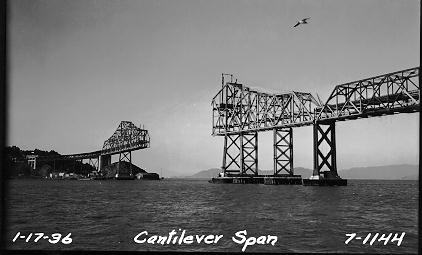San Francisco's newest hub of health care, business, and technology enterprise.
Mission Bay has rapidly evolved in to a neighborhood of luxury condominiums, high-end restaurants and retail, with a vibrant biotechnology, research, and business zone - but it wasn't always so.
The history of Mission Bay mirrors that of San Francisco itself. The shallow waters of Mission Bay were created about 5,000 years ago, and for thousands of years more, this tidal bay remained a cove of calm, protected water, and a lush, natural feeding ground for a variety of insects, shellfish and birds. Native peoples came to take advantage of this bounty and began to settle the area. Then came the Spanish missionaries in 1775, building Mission Dolores to convert and teach the natives weaving and farming.
In 1849, at the start of the gold rush, Mission Bay was still a wide, shallow inlet teeming with marsh life. From the 1850s to the late 1870s, shipbuilding and repair were the main industries, while the waters continued to yield a healthy supply of oysters and clams to feed the growing populace, and butchers got the land around the Mission Creek marshes set aside as an industrial zone for their slaughterhouses.
From 1860 to 1910, the waters of Mission Bay grew smaller and smaller, until it was all but filled in as thousands of cubic yards of sand, rocks, and dirt and even debris from the 1906 earthquake was dumped there to create more land for the growing city.
Eventually, Mission Bay was crisscrossed with tracks, as horse drawn vehicles, then railroad cars, were used to bring valuable cargo to and from the shipyards, warehouses, factories and foundries of the area. It remained primarily an industrial zone well into the 20th century.
In the late 1990s, a master plan to revive and convert over 300 acres into a planned community was produced by the city. Known as the Mission Bay Project, it is the largest urban development initiated by San Francisco since the construction of Golden Gate Park in the late 1800s.
UCSF has been a catalyst for transforming Mission Bay with the opening of Genentech Hall in 2003 and the William J. Rutter Center (home to the MBCC) in 2005. With a new UCSF three-hospital medical center serving children, women, and cancer patients slated to open by 2014, the area continues to attract an influx of new residents and industry, making the Mission Bay Conference Center a compelling meeting venue at the center of it all.

Dominating Mission Bay's eastern skyline, the Bay Bridge is one of the largest in the world and carries more than any other toll bridge.
Photo credits: http://www.dot.ca.gov and http://www.foundsf.org